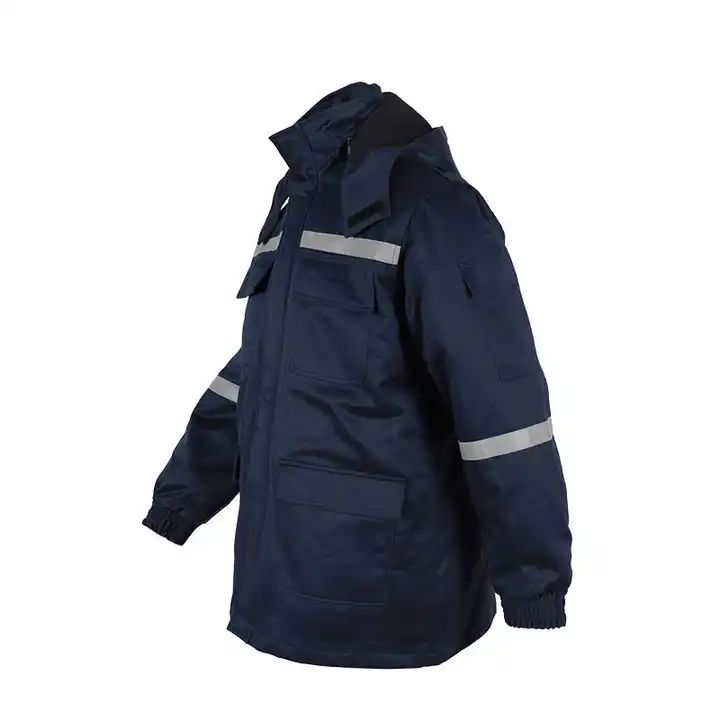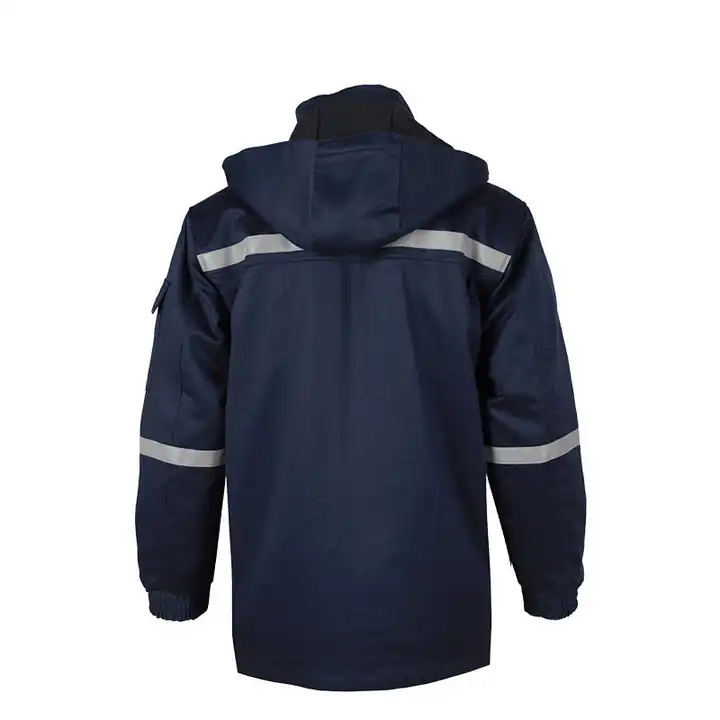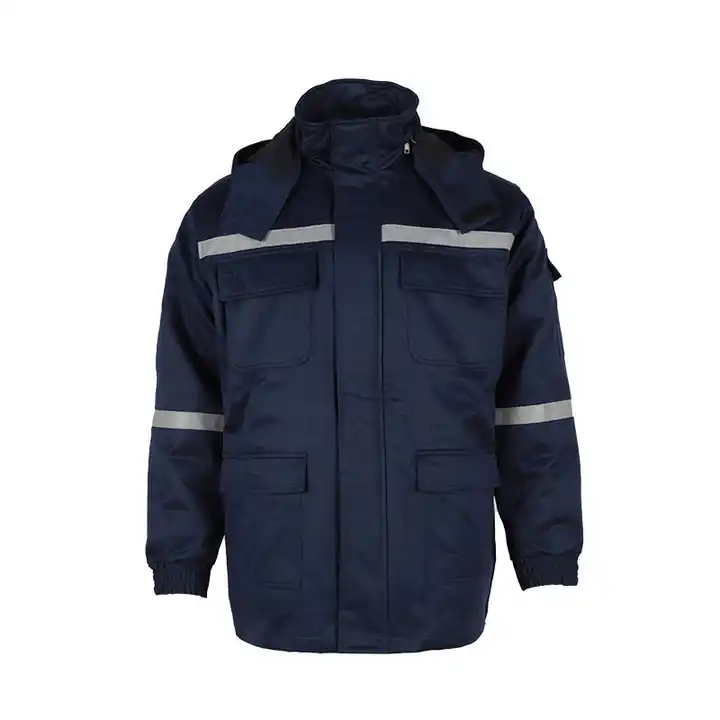In various professions and industries, facing inclement weather while working is a common challenge. Rain workwear emerges as a crucial solution, providing a blend of protection, durability, and comfort to ensure workers’ safety and efficiency in adverse weather conditions. This comprehensive guide navigates through the realm of rain workwear, uncovering its essential features, significance, and the role it plays in enhancing workplace safety and productivity.
Understanding Rain Workwear
Rain workwear comprises a spectrum of specialized garments and gear meticulously designed to withstand and protect against rain and wet conditions. These include raincoats, waterproof trousers, jackets, hats, and boots engineered from advanced materials like Gore-Tex, PVC, or polyester blends, offering water resistance while ensuring breathability and comfort for extended wear.
Key Features for Optimal Performance
Essential elements that define quality rain workwear:
Waterproof Technology: Opt for workwear crafted from high-quality waterproof fabrics to effectively repel rain and keep workers dry and comfortable.
Durable Construction: Seek workwear designed to endure challenging conditions, maintaining its quality and protective properties over prolonged use.
Comfortable Design: Look for ergonomic designs that allow ease of movement and comfort, enabling workers to perform tasks efficiently even in wet conditions.
Visibility Enhancements: Some rain workwear incorporates reflective elements to ensure visibility, crucial for safety in low-light or hazardous environments.
Utility Across Industries
Rain workwear is indispensable across diverse industries:
Construction and Trades: Workers in construction, maintenance, and trades rely on rain workwear for protection against rain while executing physical tasks.
Agriculture and Farming: Farm workers depend on waterproof gear to ensure productivity regardless of wet weather conditions.
Emergency Services: Essential for firefighters, police officers, and emergency responders to maintain visibility and functionality in adverse weather.
Outdoor Jobs and Utilities: Professionals in landscaping, utilities, and outdoor services depend on rain workwear for safety and operational efficiency.
Maintenance and Longevity
Ensuring sustained functionality:
Cleaning Guidelines: Adhere to manufacturer recommendations for cleaning to preserve workwear quality and effectiveness.
Proper Storage: Store workwear in dry areas to prevent mildew and retain water-resistant properties.
Regular Inspections: Periodically inspect workwear for wear or damage, promptly repairing or replacing as needed to maintain protective capabilities.
Conclusion
Rain workwear serves as a critical asset in multiple industries, safeguarding workers against the challenges posed by inclement weather. By investing in high-quality, durable rain workwear, organizations prioritize safety, comfort, and productivity for their workforce, ensuring uninterrupted operations even in adverse weather conditions.



